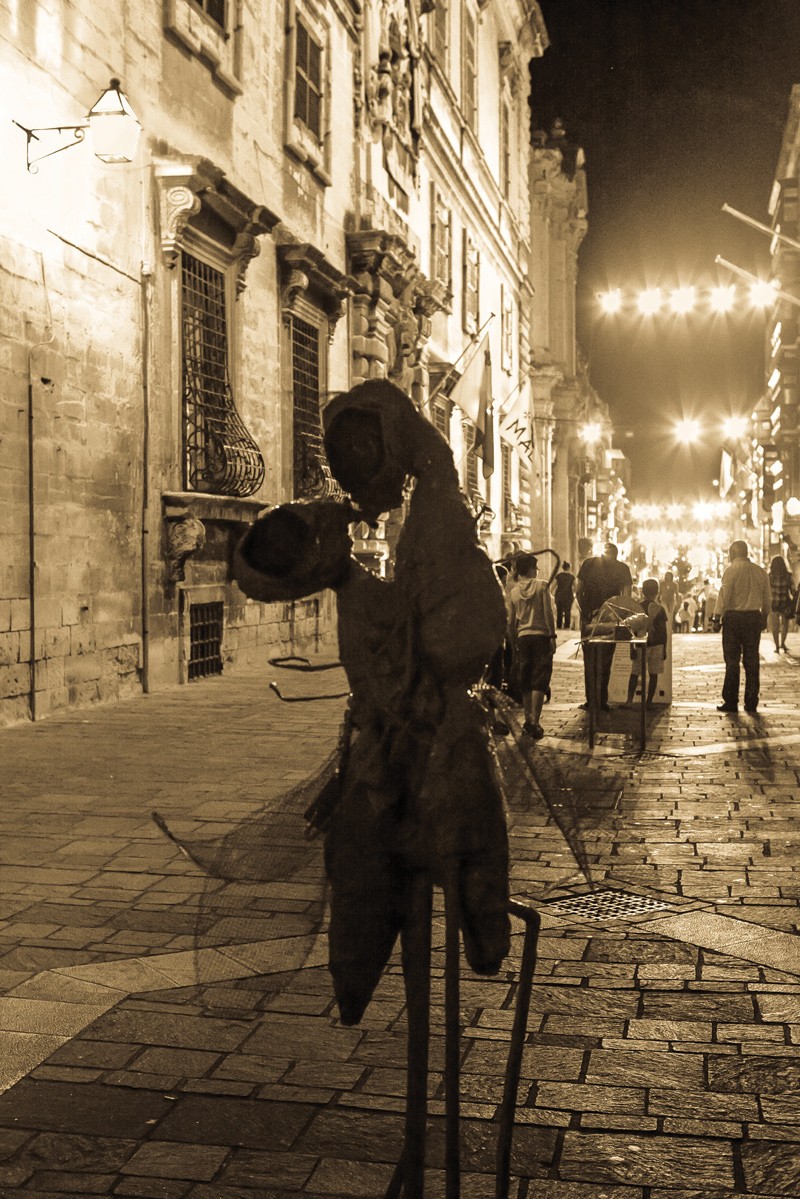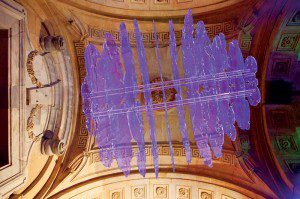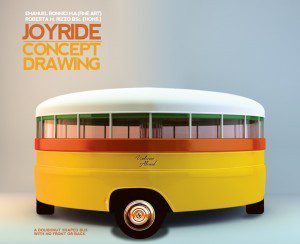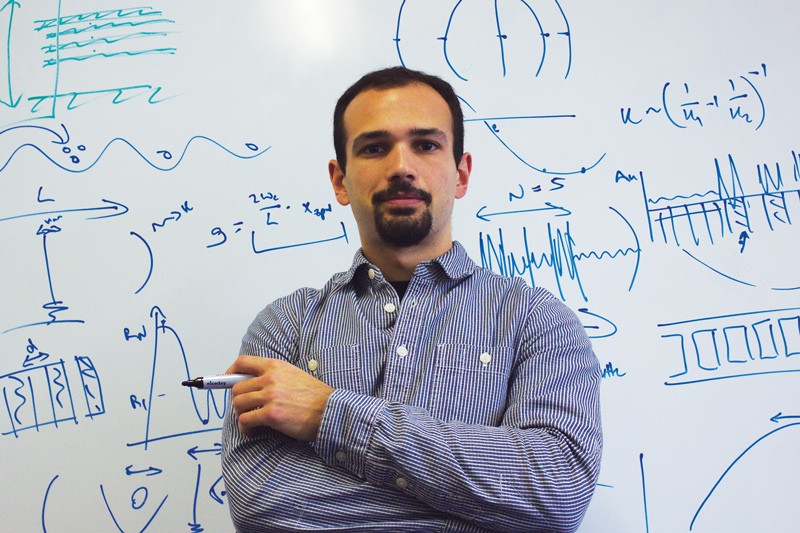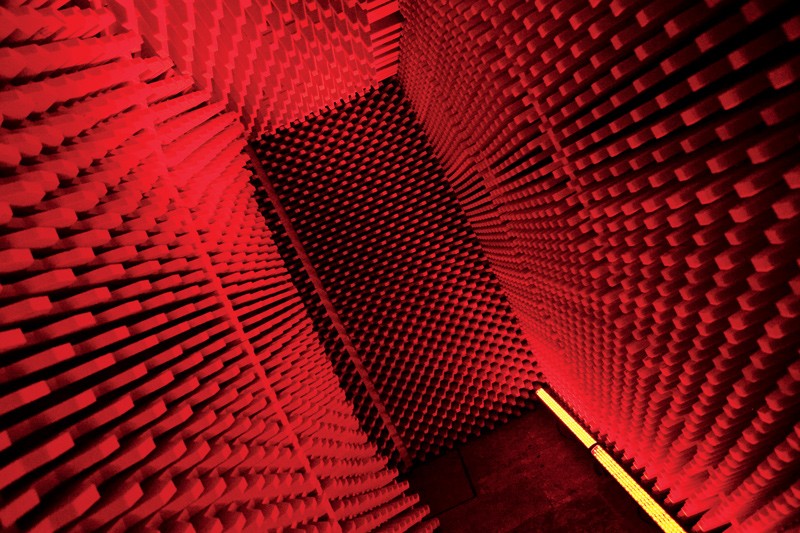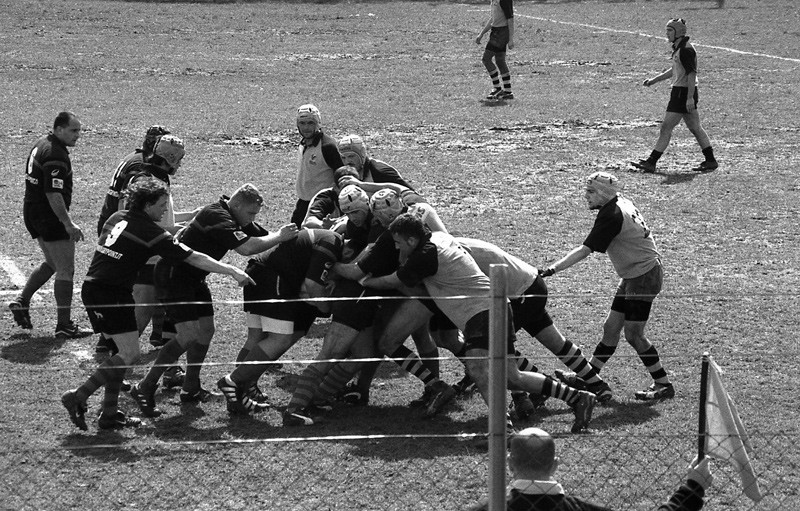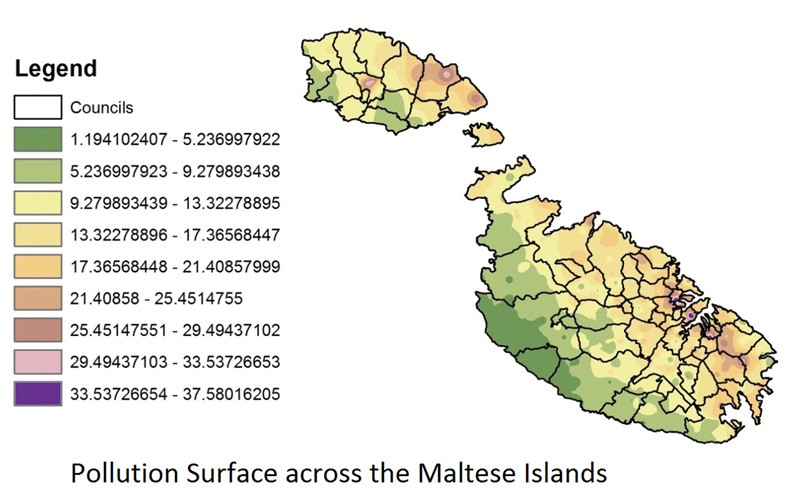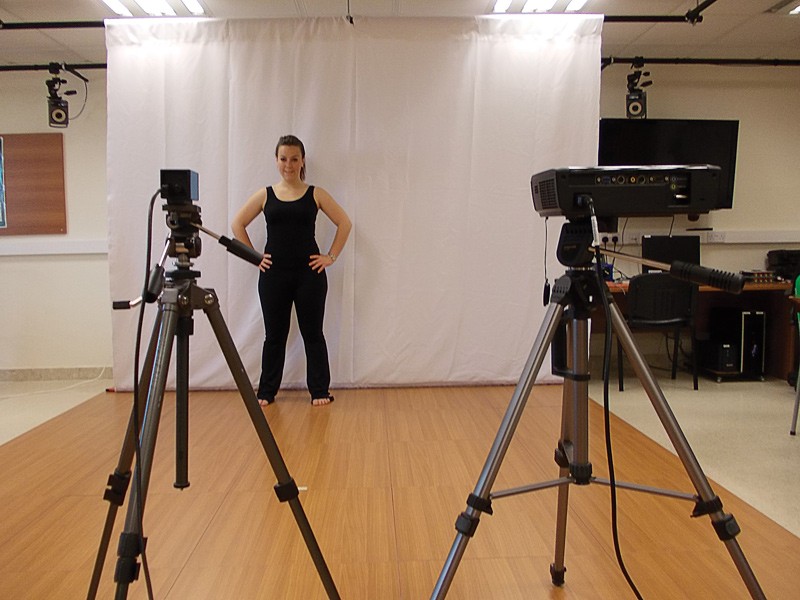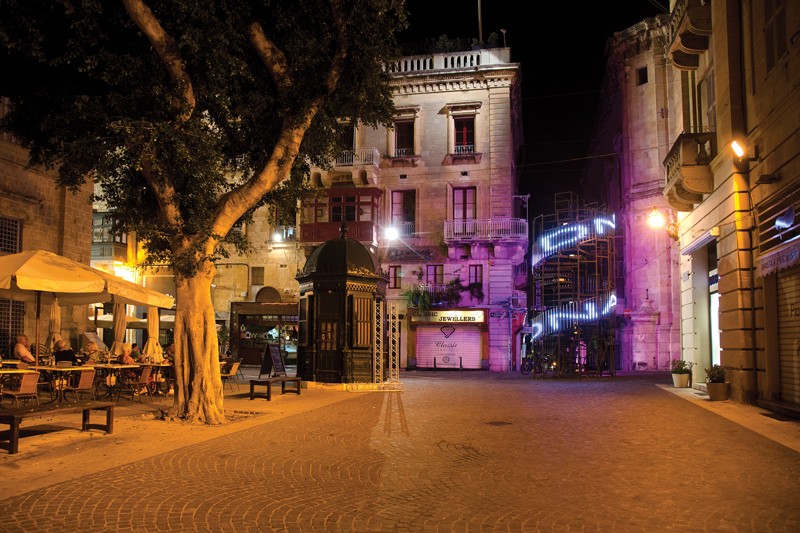Cortex
Raphael Vella
Scientists consulted: Dr Mario Valentino and his team
Location: In front of the National Library, Pjazza Reġina, Republic Street
Sponsor: Nexos Lighting Technology
Joyride
Emmanuel Bonnici
Scientists consulted: Roberta M. Rizzo
Location: St George’s Square
Sponsor: St James CavalierContinue reading
The Exotic World of the Very Small
Dr André Xuereb shines a light on some of the coldest atoms in the Universe.
Silence in strait street
Chris Briffa Architects. Team: Chris Briffa, Justin Schembri, Joe Galea, Michael Quinton, Alex Spiteri Gingell, Andrew Doneo, Ryan Xuereb, Lily Agius, Maggy Mitter and Matthew Pandolfino Sponsor: Halmann Vella Ltd, Ecotechnique, Doneo and Nexos Lighting Technology
A sports addict confesses
Dr Shawn Agius shares his return to University to combine his interest in sports medicine and neurosurgery
Brain Awareness, Research and Facts
Prof. Giuseppe Di GiovanniContinue reading
Bad traffic, bad air
Air pollution is one of Malta’s greatest concerns. Transportation is the principal source with over 300,000 vehicles belching out smoke, which damages our environment and health. Emissions from vehicles need to be monitored and controlled, and the information used to improve the current system and ensure an acceptable air quality.
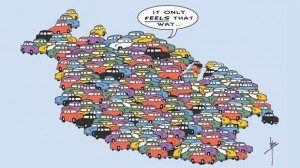
In Malta, air pollution levels are monitored by MEPA (Malta Environment and Planning Authority). MEPA has 131 diffusion tubes that take monthly measurements of air pollution levels. The pollution data set used ranges from 2004 to 2011. On the other hand, Transport Malta (TM) measures traffic flow along the main arterial roads. By using the pollution data set, Nicolette Formosa (supervised by Dr Kenneth Scerri) mapped the air pollution levels and major sources around Malta.
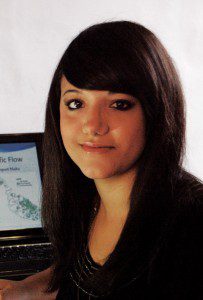
MEPA and TM take measurements at different locations. To overcome this problem, the pollution data set needed to be interpolated to extend over the whole of Malta. By interpolating the pollution measurements using mathematical models, traffic and pollution levels can be directly compared.
Malta was divided into four zones. The Grand Harbour area had the strongest link between traffic and pollution. The central area has a strong overlap but this decreased on Saturday and more so on Sunday. The north and south parts of Malta experienced lower levels over weekends. However, the northern area has a stronger link during weekdays. The areas of Floriana and St Julian’s had a remarkable link between pollution and traffic, lighting a red bulb marking priority areas for the authorities to tackle.Overall, Malta’s air pollution problems are interwoven with its traffic volume. This highlights a problem which needs both scientific and political measures to tackle. Formosa’s studies need to be taken a step further, “there needs to be a statistical means to interpret the data of air pollution measured against traffic flows in the same areas“ said Hon. George Pullicino, Minister for Resources and Rural Affairs. If implemented, the research could help lower health care costs in Malta while improving the quality of life.
This research was performed as part of a Bachelor of Electrical Engineering (Honours) at the Faculty of Engineering.
Theatre, Dance & Motion Tracking: Art?
The way a human tracks motion is both extraordinary and inconspicuous. In both theatre and dance, a lighting graphics engineer designs visuals and lighting to match a performer’s movement. Their motions might delight the audience but are very complex for computers to detect and interpret. Despite continuous breakthroughs, there are still many issues to overcome when tracking the human body across a stage.
Michaela Spiteri (supervised by Alexandra Bonnici) developed a system that allows dancers to control light effects through the dancer’s own movement. Mapping the movement of humans has several problems. Dancers tend to be highly flexible and perform very refined movements. The complex movements sometimes obscure certain body parts, which rapidly appear again, confusing the computer. 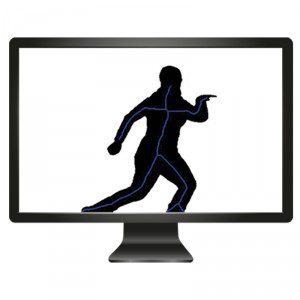
The computer tracked motion through a number of steps. First, it created a mathematical model of the background image. This technique allows the background and dancer to be separated in live video, leaving the dancer’s silhouette.
Secondly, the dancer’s silhouette was then thinned to a skeleton in order to obtain five points: head, hands and feet. A Kalman filter was applied, allowing the computer to continue to track motion even if a point was hidden. The Kalman filter predicts location by assessing past information and predicting where it would be in the future.
The study could stimulate new ways for artists to express their concepts. Additionally, the computer algorithm used can be applied in augmented reality, medicine and surveillance.
This research was performed as part of a Bachelor of Engineering (Honours) at the Faculty of Engineering.
Science in the city 2012
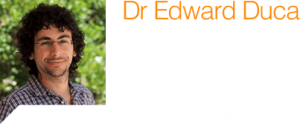 On the 28th September, Malta’s Science and Art festival launched to over 12,000 people, as part of the EU-wide celebration Researchers’ Night. Science carnival parades, busking, art installations, performances and more filled Malta’s capital with over 20 events — bleeding into the Notte Bianca festival. Science and art are usually seen as two separate cultures. Some humanities branches have directly rejected it, but other fields are embracing science. In Malta, top artists leafed through books, or had a chat with University of Malta scientists to find sources of inspiration (or criticism). Valletta became filled with giant fruit flies and DNA strands (Climbing your DNA). You could even have sat down, had a coffee, and pondered why there were acetate brain slices hanging in front of Malta’s National Library. The city could be viewed through a different lens for a few days.
On the 28th September, Malta’s Science and Art festival launched to over 12,000 people, as part of the EU-wide celebration Researchers’ Night. Science carnival parades, busking, art installations, performances and more filled Malta’s capital with over 20 events — bleeding into the Notte Bianca festival. Science and art are usually seen as two separate cultures. Some humanities branches have directly rejected it, but other fields are embracing science. In Malta, top artists leafed through books, or had a chat with University of Malta scientists to find sources of inspiration (or criticism). Valletta became filled with giant fruit flies and DNA strands (Climbing your DNA). You could even have sat down, had a coffee, and pondered why there were acetate brain slices hanging in front of Malta’s National Library. The city could be viewed through a different lens for a few days.
There are other ways science and art can interact. Science and technology can be used to explore art and analyse it. Van Gogh’s Sunflowers was recently examined by chemists, identifying why the pigment was becoming a mucky brown, shedding insight on how to reverse the degradation and bring back the artist’s true vision. Artists and scientists can come together to collaborate on new research. Recently in Ireland, a weaver visualised a large data set by making a huge tapestry. The scientist then analysed the giant carpet to interpret her data. Art can also be an excellent way to explore the ethical implications of science — its potential harm, benefit or relation to society.
Science in the City was simply a start that dipped its toe into this new pool. It saw researchers and students combine their efforts with artists and performers to bring together a range of events (read about Alexandra Fiott’s experience on pg. 23). Nine scientists appeared live on prime time TV to talk about their research with prominent entertainers Angie Laus and Pawlu Borg Bonaci. From within large crowds, science students performed science demonstrations, while MCST (Malta Council for Science and Technology) held a highly successful science fun fair for kids, with another kids activity at Auberge D’Italie by MARes (another EU funded project). Scientists met politicians at Science in the House organised by the Malta Chamber of Scientists. There were talks on the health benefits of local honey by Simone Cutajar (science graduate), mathematics and piano recitals by Tricia Dawn Williams, electronic and flute performances from Italy with compositions based on the Chaos Theory that explains hurricanes, and a bit more. The big night was followed up by talks and discussions. Ira Melkonyan spoke about the new field of BioArt while there was even a discussion on human cloning after the play A Number by Caryl Churchill. Over the next few pages, THINK has selected the major artworks created for Science in the City.
Words by Dr Edward Duca, full disclaimer: author is the project manager of Science in the City.
Part of Science in the City, Malta’s Science and Arts Festival
For more stories click here
Find out more:
– HOW?
– DESTROYING BOUNDARIES THROUGH SCIENCE IN THE CITY

